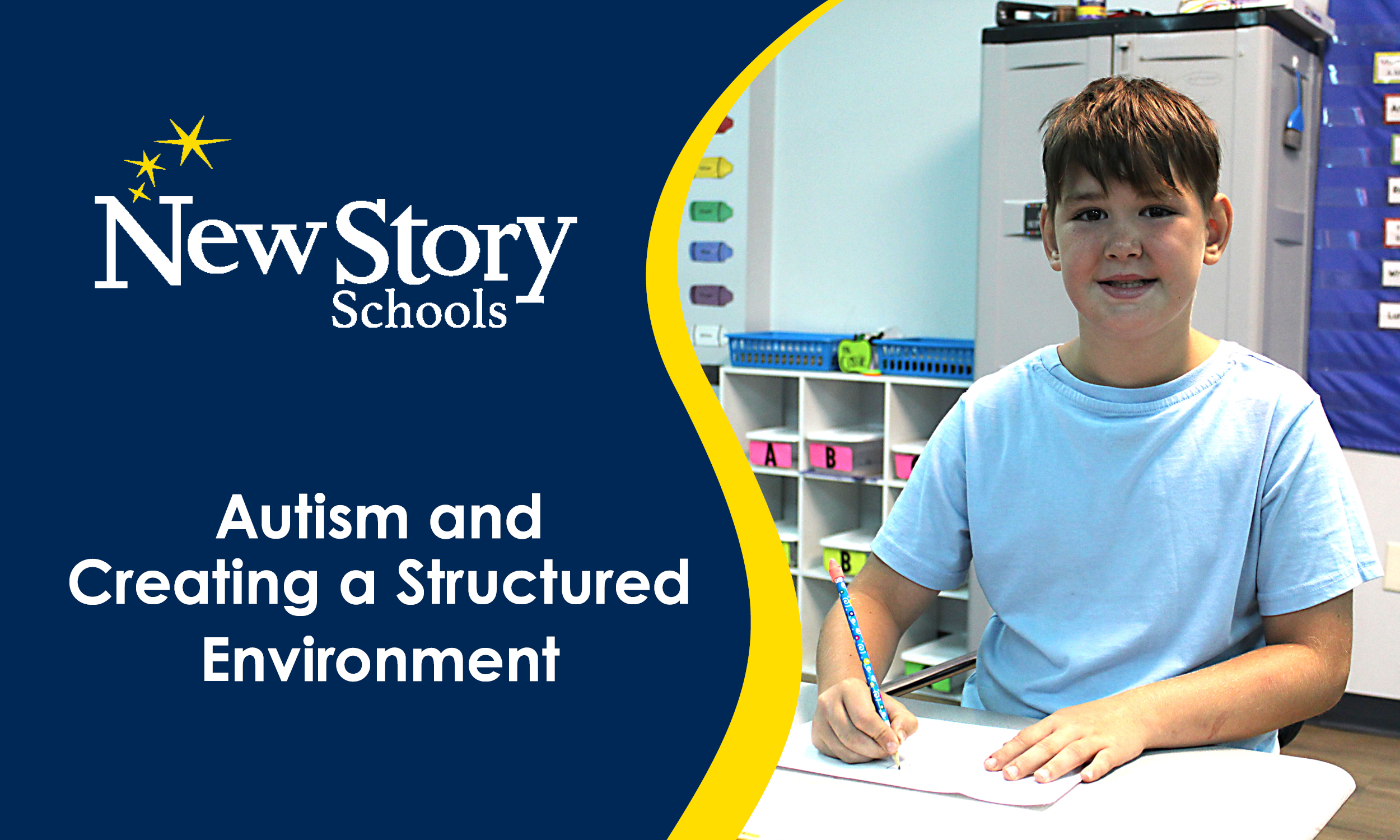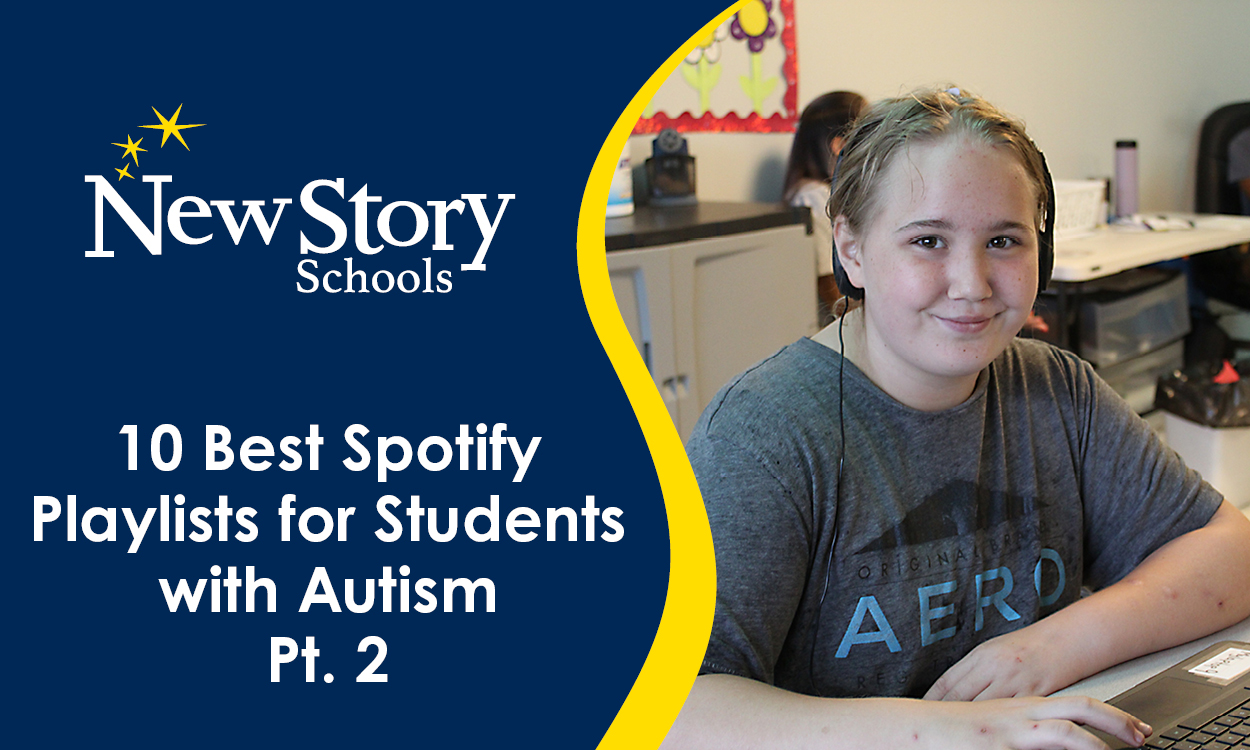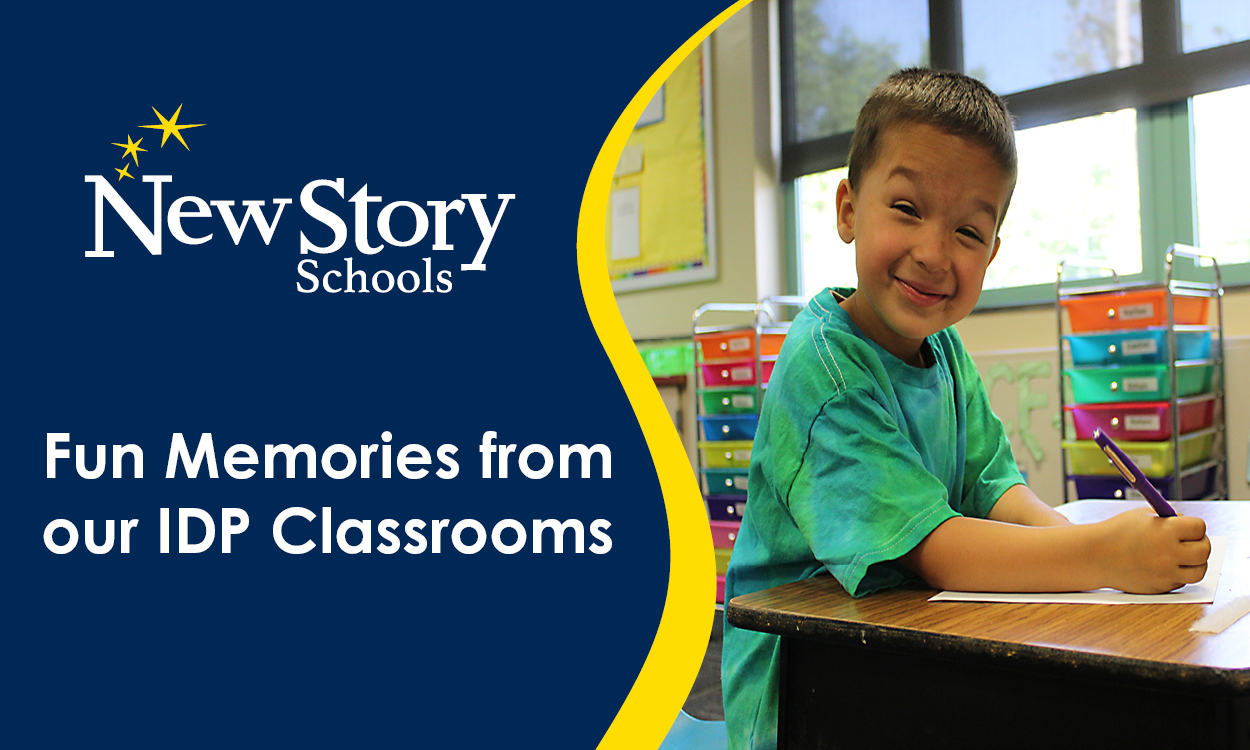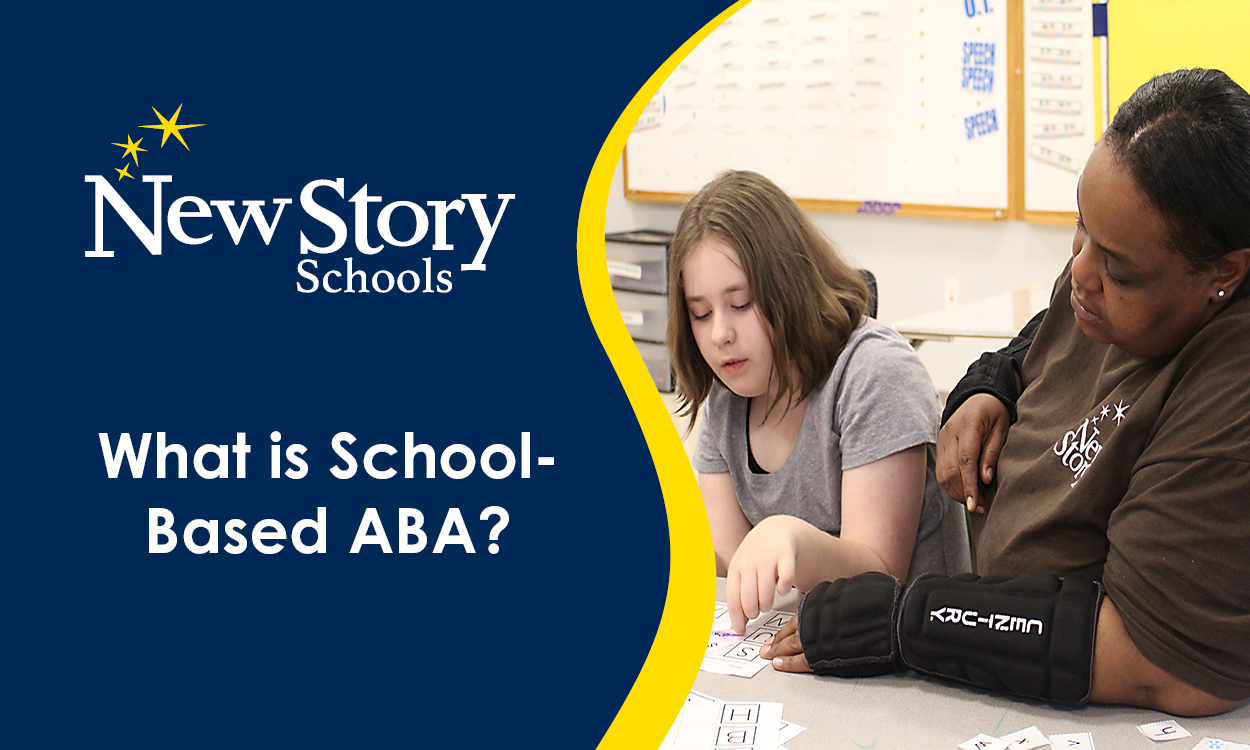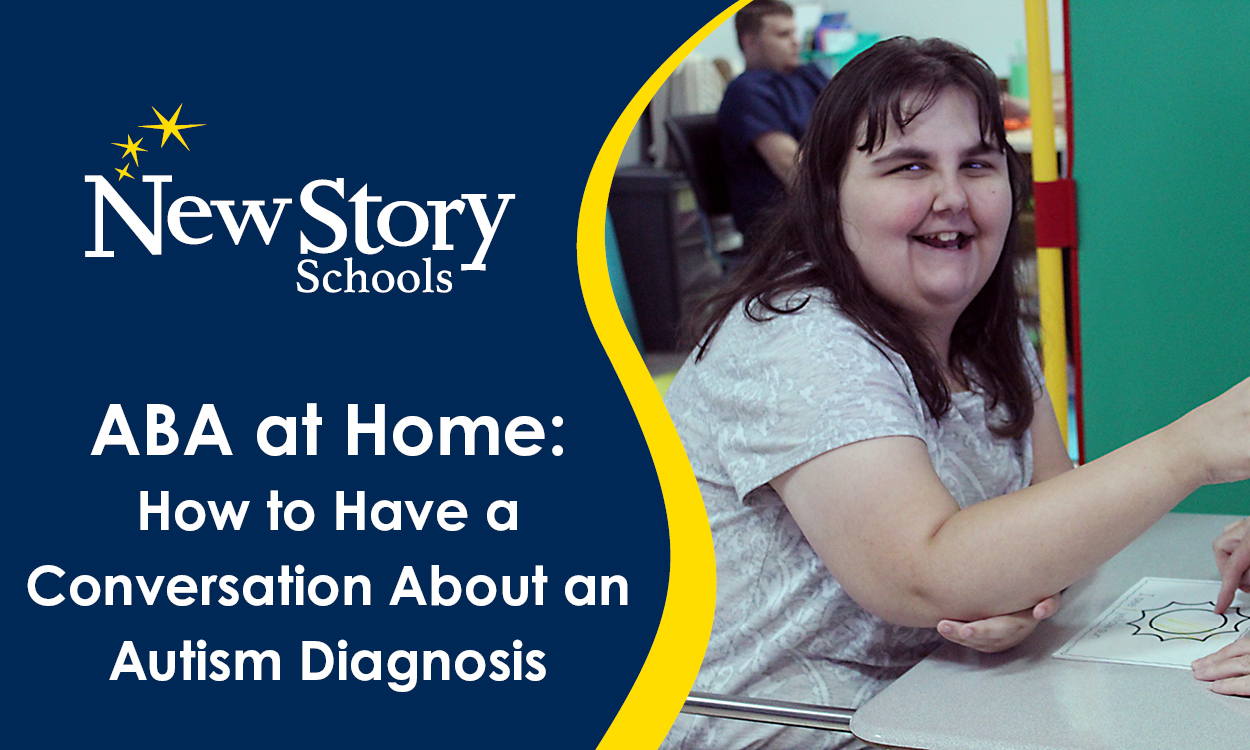Essential School Supplies for Students with Autism
Posted: August 14, 2024 | Written By: Drew Delligatti | Category:
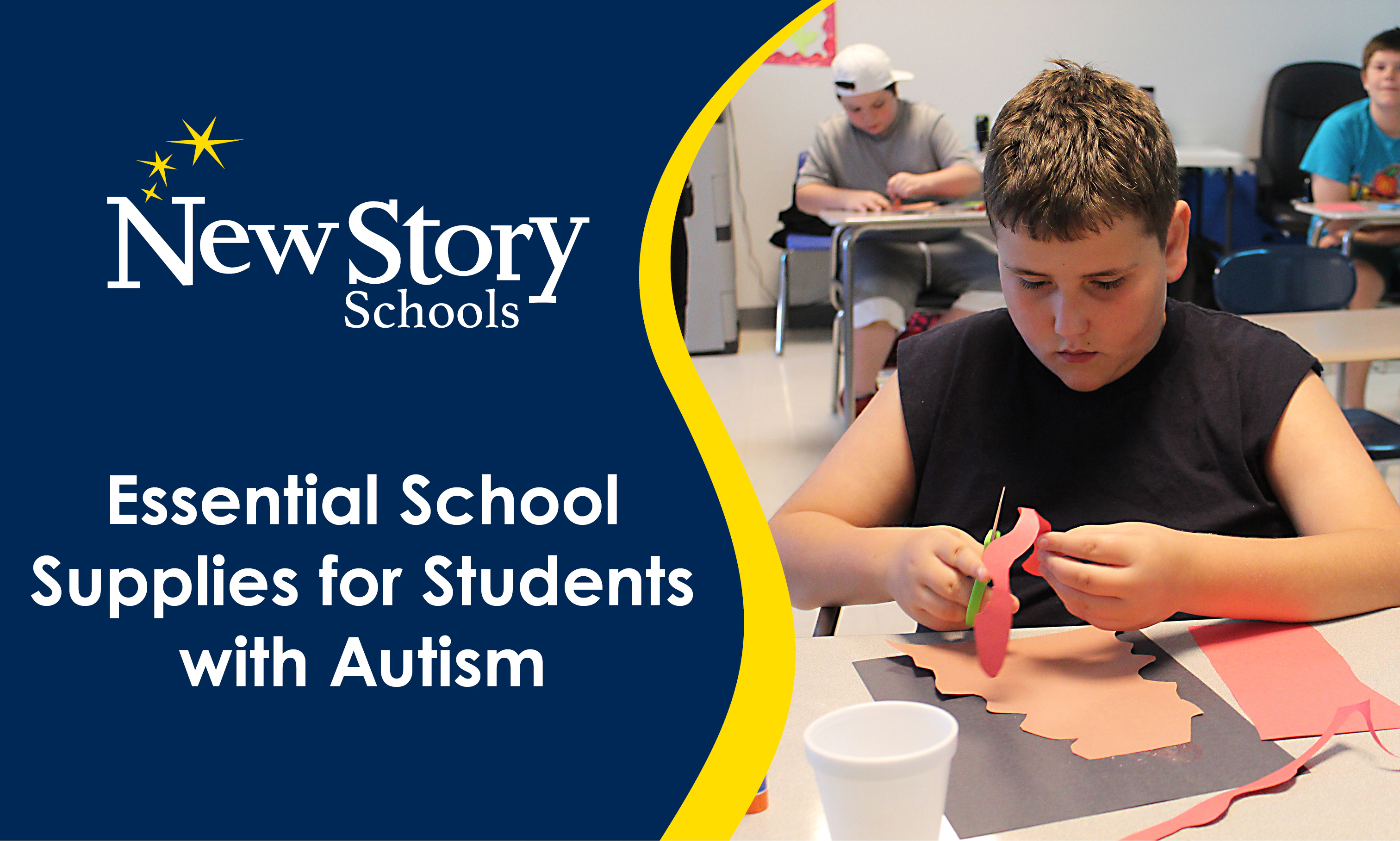
When creating a back-to-school shopping list for a student with autism, the student’s unique sensory and organizational needs should be considered. We have created a list of common recommended school supplies, including unique supplies common for students with autism, to help ensure your student has what they need for a successful school year:
Basic School Supplies
The basics are usually required for all students at the start of any school year. Many of these items do have sensory-friendly counterparts.
Backpack: Look for one with multiple compartments and sensory-friendly straps.
Lunchbox: Consider an insulated version with easy-to-open zippers.
Water bottle: Spill-proof and easy to open.
Notebooks: Different colors for different subjects to help with organization.
Folders: Durable, color-coded folders for each subject.
Binders: With dividers for organization.
Pencils: Mechanical or regular with comfortable grips.
Erasers: Soft, non-abrasive ones.
Pencil sharpener: Preferably one that catches shavings.
Pens: Various colors for notes and emphasis.
Highlighters: Different colors for highlighting key information.
Crayons/Markers: Non-toxic and easy to grip.
Ruler: Flexible and shatterproof.
Glue sticks: Less messy and easier to manage than liquid glue.
Scissors: Safety scissors with rounded tips.
Index cards: For flashcards and notes.
Calculator: Simple, large-button calculator for easy use.
Planner/Calendar: To help with scheduling and time management.
Sensory-Friendly Items
These are important to reducing stress throughout the day and satisfying any sudden sensory needs.
Noise-canceling headphones: To help with focus and reduce sensory overload.
Fidget toys: To aid concentration and reduce anxiety (e.g., stress balls, fidget spinners).
Weighted lap pad/blanket: For calming and sensory regulation.
Chewelry: Chewable jewelry for oral sensory needs.
Sensory brush: For calming tactile input.
Stress ball: For tactile stimulation and stress relief.
Organizational Aids
Simple things to keep materials organized throughout the day can reduce the likelihood of things being lost and can make the day more productive.
Visual schedule: Laminated and reusable for daily routines.
Color-coded labels: For easy identification and organization of materials.
Desk organizer: For keeping supplies tidy and accessible.
Portable visual timer: To help with time management and transitions.
Task cards: Visual cues for step-by-step instructions.
Clothing and Personal Care
Dress for success! Clothing plays a key role in feeling relaxed and comfortable. Other personal care items improve hygiene and cleanliness.
Comfortable clothing: Soft, tagless, and sensory-friendly fabrics.
Extra set of clothes: For accidents or sensory overload.
Hand sanitizer: Easy to use and not overly scented.
Tissues: For personal hygiene.
Technology
Take advantage of technological products designed to assist students with autism throughout their day.
Tablet/laptop: If required for schoolwork, with protective case.
Assistive technology: Apps or devices that support communication and learning.
Headphones with microphone: For online learning or communication needs.
Additional Items
Social stories: Books or cards that explain social situations and expectations.
Emotion cards: For recognizing and communicating feelings.
Visual timers: To aid with understanding the passage of time and transitions.
Comfort items: A small stuffed animal or blanket that provides comfort.
Parent/Teacher Communication Tools
It is important for all of the adults supporting a student to be on the same page. These items improve communication between parents, teachers, and the student.
Communication notebook: For daily notes between teachers and parents.
Reward chart: To reinforce positive behavior and achievements.
Contact list: Important school contacts for emergencies.
This list can be tailored to the individual needs and preferences of the student, ensuring they feel supported and prepared for the school year ahead. If you want any more ideas, check out last year’s list!
Want to be notified of new articles and resources from New Story Schools? Submit your email and opt into our newsletter!


